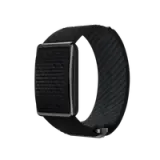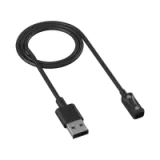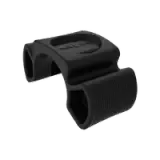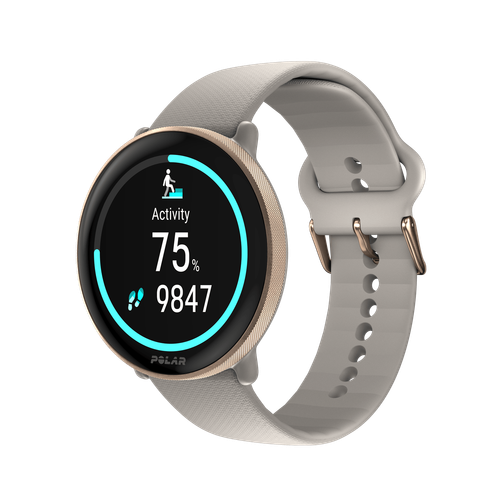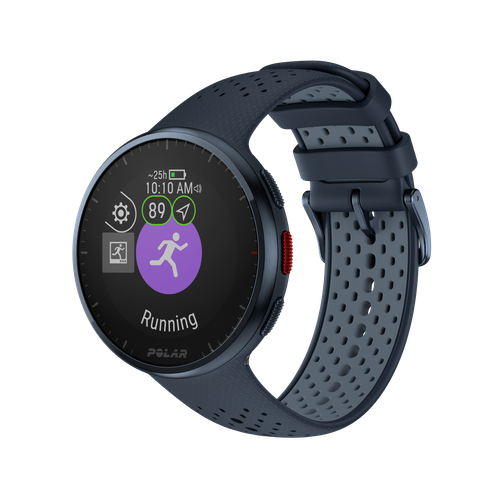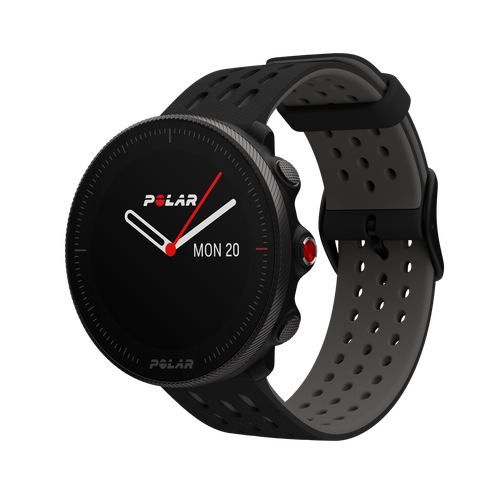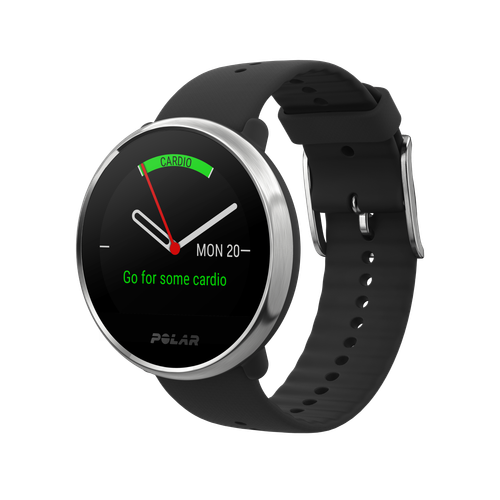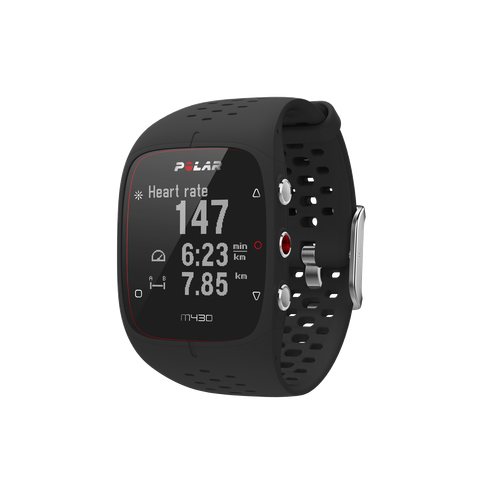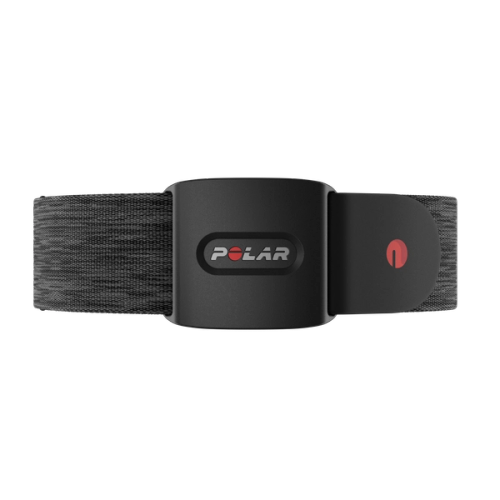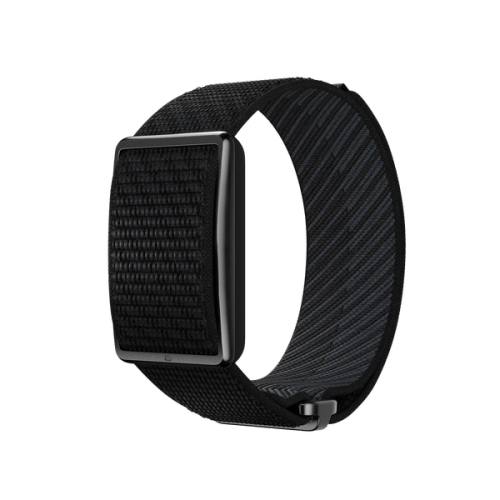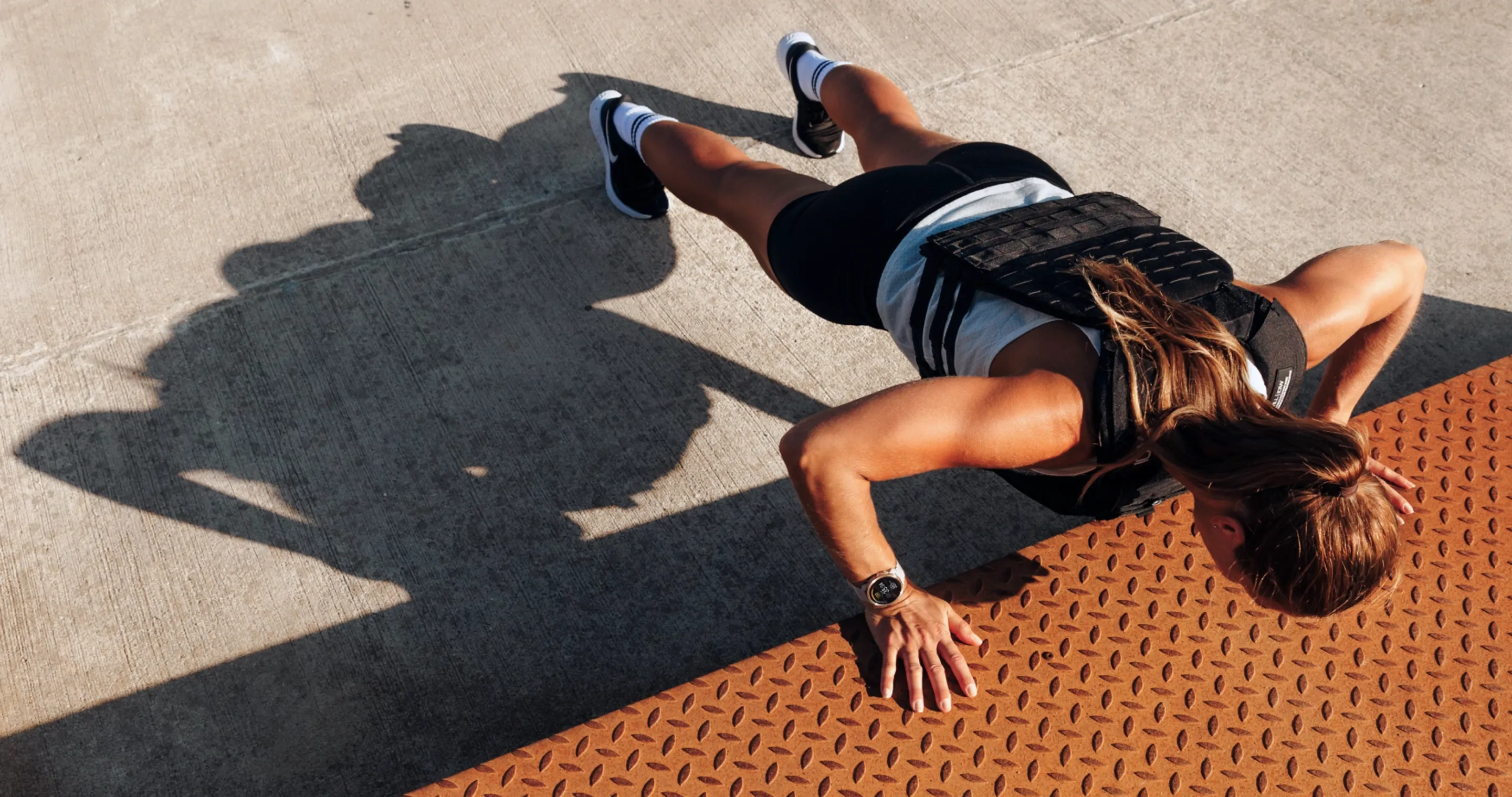Cardio or weights? It’s the oldest dilemma in fitness: Do you dedicate your life to lifting heavy, chasing size and strength, or do you commit to the grind of the pavement, building endless stamina and endurance? For decades, trainers told you that to excel at one, you had to sacrifice the other. But what if the secret to truly unlocking your peak physical potential isn’t specialization, but synergy?
Imagine an athlete who can crush a heavy squat session on Monday and still dominate a challenging ten-mile run by Saturday. This isn't genetic luck; it's the result of a deliberate, calculated approach to training. This powerful, dual-focus mindset is hybrid athlete training, and it promises not only a stronger body but one that is fundamentally more resilient and prepared for every physical demand life throws your way. Ready to stop choosing sides? This guide will show you how to master the principles that turn a one-dimensional trainee into a complete, unbreakable athlete.
What is Hybrid Athlete Training?
Hybrid athlete training is a modern fitness methodology dedicated to cultivating a 'well-rounded' athlete proficient in multiple, often contrasting, physical domains. This philosophy, of training across disciplines that don't explicitly support one another, challenges the traditional segregation of fitness, where specialized athletes fear the 'interference effect'—the belief that heavy strength work compromises endurance or that excessive cardio impedes muscle growth.
Core Components and Management
The hybrid model overcomes this by employing a rigorous, multi-faceted approach built on five core pillars:
- Strength training (utilizing progressive overload and compound movements like squats and deadlifts)
- Endurance training (mixing speed work, such as intervals, with long-distance aerobic capacity)
- Functional training (real-world movements like kettlebell swings and farmer’s carries)
- Flexibility and mobility
- Rest and recovery.
The key to managing these competing demands is periodization. Trainers structure long-term goals (macrocycles) into shorter phases (mesocycles) that strategically shift focus—perhaps three months dedicated to max strength, followed by three months focused on the aerobic engine. This systematic management, combined with progressive overload, ensures gains are maximized in all areas.
Benefits
The result is comprehensive health, including better cardiovascular fitness and preserved muscle mass. This approach leads to superior body composition, reduced injury risk, and exceptional physical preparedness, making the hybrid athlete uniquely capable of handling varied demands, from lifting heavy weights to excelling in modern competitions like HYROX.
Enjoying this article? Subscribe to Polar Journal and get notified when a new Polar Journal issue is out.
Subscribe
Hybrid Training vs. Cross-Training: What's the difference?
It's important to understand the difference, as the two terms are often confused. While both involve variety, the fundamental difference between hybrid training and cross-training comes down to intent and structure. Cross-training is often used as a supportive tool—think of a marathon runner adding swimming to maintain fitness while resting their joints, or using cycling to supplement their running volume. It's varied activity meant to support a primary, single-discipline goal. Hybrid training, however, is the actual fusion of strength and endurance into a single, comprehensive objective. The goal of a hybrid athlete isn't just to be better at running or better at lifting; it is to maximize both simultaneously, following a structured and strategically balanced program that prioritizes equal development of both energy systems.

How did Hybrid Athlete Training Begin?
While the concept of being all-around fit isn't new—athletes in many sports have always required a mix of skills—the modern concept of hybrid athlete training was formally coined and systematized in the 2010s.
Formalizing the Concept
The term was specifically defined by Alex Viada in his 2013 book, The Hybrid Athlete. Viada and others were grappling with how to effectively combine training disciplines that were traditionally viewed as contradictory, such as the high-volume lifting of a strength sport and the high-mileage running of an endurance sport. They sought to establish a methodology that allowed athletes to meaningfully progress in both capacity (strength) and endurance capacity simultaneously, without the feared interference effect. The book provided a name and a set of principles for this specific process of concurrent training management.
The Rise of Obligate and Competitive Hybridism
The modern boom in hybrid training didn't happen by accident; it was catalyzed by a cultural shift led by competitive events. Long before it was a fitness trend, professionals like military operators and rugby players were already ‘obligate hybrid athletes’, forced by their jobs to master both strength and stamina. This practical need for versatile fitness laid the groundwork. However, the concept truly exploded thanks to platforms that made it competitive: The CrossFit movement formalized the mixing of weightlifting and cardiovascular work, globally popularizing the idea of the well-rounded athlete. Even more recently, the emergence of structured, dual-modality races like HYROX created a clear, measurable goal that explicitly demands a balanced, hybrid physique, cementing this philosophy in the mainstream.
How Do Hybrid Athletes Train?
As previously established, the training of hybrid athletes is defined by the strategic management of competing demands. Rather than letting the interference effect compromise results, their high-variability regimen is specifically structured to concurrently develop multiple physical attributes—from strength and endurance to functional fitness—while maintaining flexibility and maximizing recovery. Here's how they do it.
1. The Core Training Modalities
A hybrid program is built upon blending four fundamental elements into a cohesive weekly plan:
- Strength Training: Sessions focus on building overall strength and muscle mass using both compound movements (such as squats, bench press, and deadlifts) and accessory exercises to target specific muscle groups and address weaknesses. The principle of progressive overload—systematically increasing intensity, load, or volume—is essential to prevent plateaus.
- Endurance/Running: This is often the primary conditioning work, incorporating training for both speed (intervals and sprints, which use the anaerobic energy system) and endurance (long, steady-state runs or Zone 2 aerobic training). Athletes who don't run can substitute this with other cardio modalities, such as the rower, ski-erg, or cycling, ensuring they still hit various heart rate zones.
- Functional Training: These exercises improve stability, balance, and power by mimicking real-life movements. Examples include kettlebell swings, loaded carries (like farmer’s carries), and sled pushes. This type of training develops core stability and physical preparedness that transfers directly to both strength and endurance activities.
- Mobility and Flexibility: Crucial for maintaining a full range of motion and preventing injury, this work is integrated through dynamic stretching during warm-ups, passive stretching post-workout, and dedicated foam-rolling sessions.
2. Strategic Planning: Periodization
The complexity of hybrid training requires sophisticated planning, known as periodization, which is key to preventing burnout and achieving progress across seemingly opposing disciplines.
- Goal Prioritization: Since you can't be elite in everything at once, training is structured around a primary, overarching goal (the macrocycle). For example, if an athlete is training for a HYROX race, that goal is prioritized.
- Cyclical Focus (Mesocycles): The long-term plan is broken down into shorter phases (mesocycles), each lasting several weeks or months. These cycles intentionally shift the training emphasis. One cycle might focus on maximizing maximal strength (heavy lifting volume). At the same time, the next might change to improving the aerobic engine (longer, more frequent cardio), thereby allowing each attribute to progress without constantly interfering with the other.
3. Training Structure
Workouts are either split or combined to fit the athlete's goals and recovery needs:
- Split Days: Beginners often split their training, performing a heavy strength session on one day and an endurance session the next.
- Combined Workouts: More advanced athletes often blend the two into a single session, performing resistance training followed by high-intensity functional fitness or cardio to increase work capacity and time efficiency.
- Recovery: Adequate rest and recovery are non-negotiable. This includes short-term recovery (sleep and proper cool-downs) and long-term recovery (scheduled rest days or deload weeks, where training load is intentionally reduced).
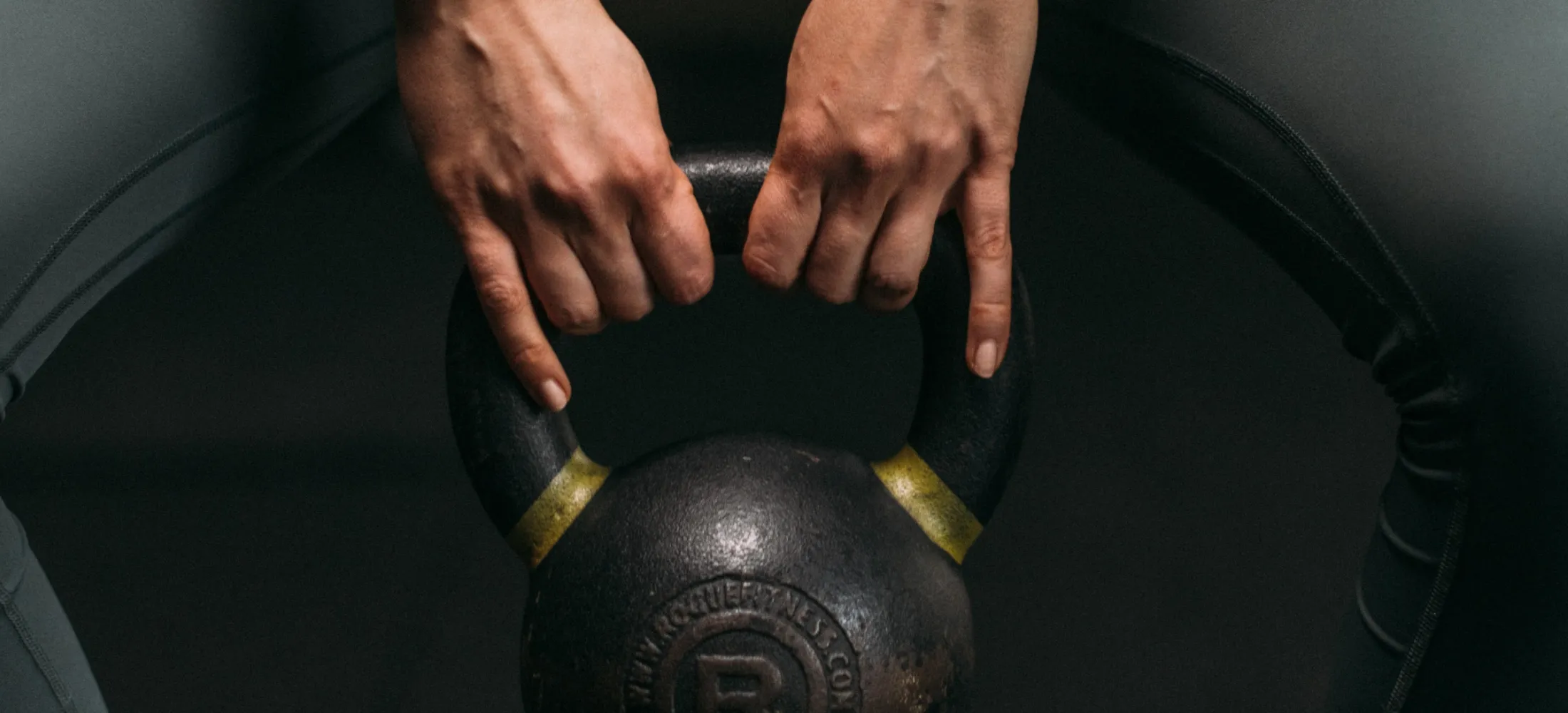
Hybrid Athlete Training Gear
The hybrid athlete’s diverse training demands a versatile and durable equipment arsenal. Since training must transition seamlessly between heavy resistance and high-volume cardio, gear is often robust and multi-functional.
Functional and Strength Equipment
For the strength and functional components of training, the gear focuses on whole-body, movement-based exercises:
- Sleds and Prowlers: Essential for pure, low-impact strength work, these are used for heavy pushing and pulling to build power and conditioning, often mimicking race-day tasks.
- Kettlebells and Wall Balls: These are crucial tools for high-intensity functional circuits. Kettlebells enable explosive movements (swings, snatches), and wall balls are a staple for full-body conditioning, speed, and muscular endurance.
- Cardio Ergs: Since the running component can be supplemented, access to specialized cardio machines is common for dedicated high-intensity intervals and non-running endurance work.
- Support Gear: Given the high mechanical load, accessories such as lifting straps, knee sleeves, and specialized shoes that balance stability (for lifting) and cushioning (for running) are vital.
Precision Tracking and Recovery Tech
To execute precise periodization and manage recovery, hybrid athletes rely heavily on highly accurate data tracking:
Heart Rate (HR) Sensors
Accurate HR data is critical for training in specific heart rate zones (like Zone 2 for endurance). Chest and arm sensors offer superior accuracy over wrist-based monitoring, especially during the jarring movements of functional and strength training.
- Our Polar H10 chest strap, considered the gold standard, provides ECG-level accuracy for reliable data during high-intensity lifting and interval work. Its Dual Bluetooth and ANT+ connectivity is essential for streaming HR data simultaneously to a sports watch and gym equipment (like a rower).
- Our Polar Verity Sense optical HR sensor provides a versatile, comfortable option that can be worn on the arm or temple. It is especially popular for activities where a chest strap is cumbersome, such as swimming, as it records and stores swim metrics directly.
Polar Watches
- The latest Polar Watches track advanced metrics across running, lifting, and swimming. This allows the athlete to monitor overall training load, recovery status, and advanced metrics like Running Power, ensuring the strength and endurance blocks of their training program are balanced and effective.
How to Build Your Own Tailored Hybrid Training Program
Starting a hybrid training journey doesn't require an immediate overhaul of your life; it requires a strategic plan that blends your existing skills with your desired outcomes. The key to a successful hybrid program is periodization—the structured cycling of different training loads and focuses—and intelligent recovery. Here is a step-by-step guide to building a personalized program.
1. Define Your Primary Focus and Goal
Hybrid athletes are excellent at many things, but few are elite at everything simultaneously. You must decide which component gets primary focus at a given time:
- Goal: Endurance Bias (e.g., preparing for a half-marathon): Your program should dedicate more sessions and volume to cardio (running, cycling) while using strength training to build durability, joint resilience, and power to improve running economy.
- Goal: Strength Bias (e.g., aiming for a new deadlift personal best): Your program should dedicate more days to heavy lifting, using conditioning to maintain cardiovascular fitness, improve recovery, and manage body composition without sacrificing muscle gains.
- Goal: General Readiness/Body Composition: Aim for an even split, focusing on high-intensity circuit training or workouts that blend both elements in a single session.
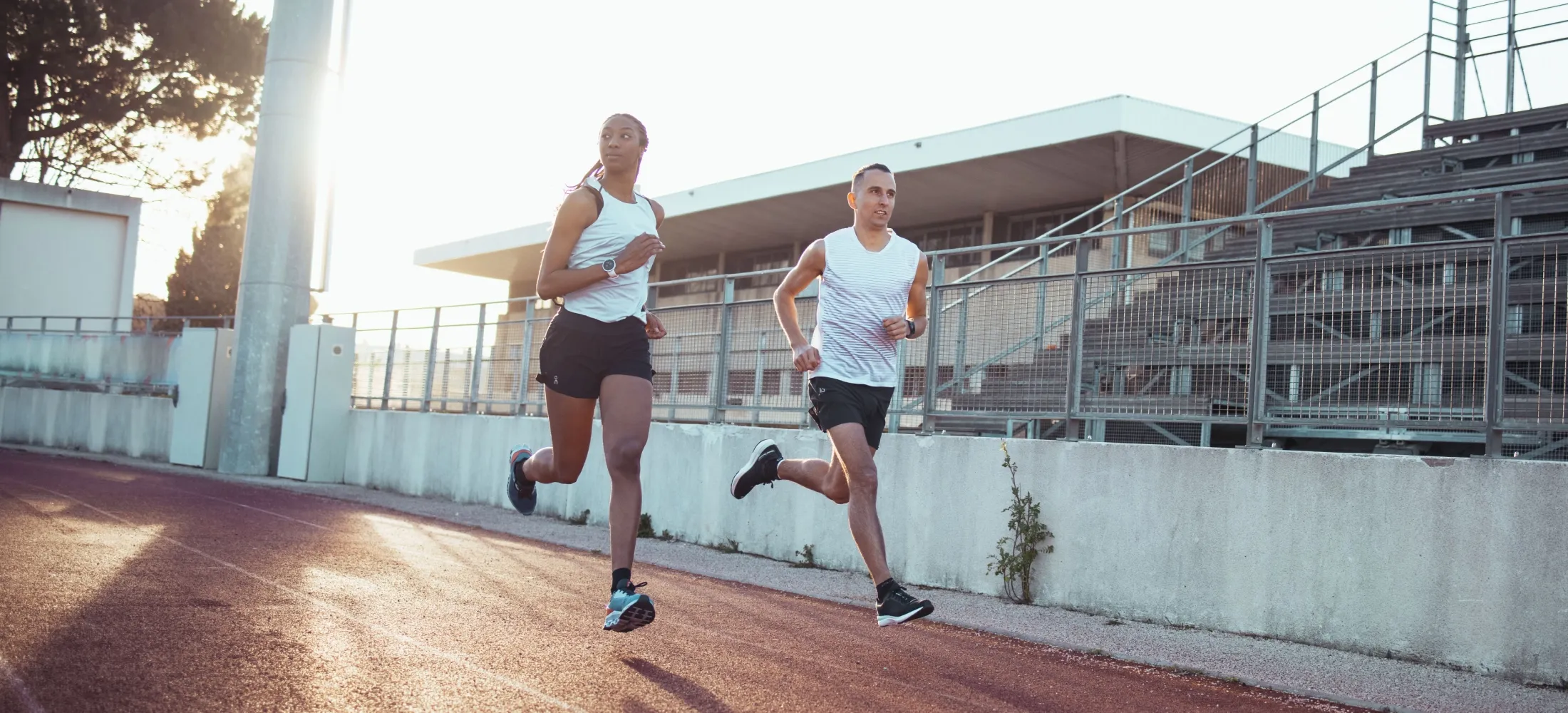
2. Design Your Weekly Split (The Art of Separation)
The biggest challenge is avoiding the interference effect, where a hard strength workout negatively affects a hard endurance workout (or vice versa). For example, a long run or ride the day before a strength session focused on the lower body creates a direct conflict (interference) where tired legs from a long run or ride will severely limit your ability to train legs productively the next day, risking poor form and injury. The key to a successful split is ensuring high-priority sessions are done on fresh legs or separated by at least 8–12 hours (ideally more).
To illustrate this, here is an example of a smart weekly split that manages this conflict:
| Day | Endurance Bias Focus | Strength Bias Focus |
|---|
| Monday | Hard Strength Session (Upper or Full Body) | Heavy Strength (Lower Body - Squat/Deadlift) |
|---|
| Tuesday | High-Intensity Intervals (Running or Bike) | Active Recovery (Walk, Mobility) |
|---|
| Wednesday | Active Recovery (Walk, Yoga, Mobility) | Hard Endurance (Long Run/Ride - Legs now rested) |
|---|
| Thursday | Moderate Endurance (Zone 2 Cardio) | Heavy Strength (Upper Body Focus) |
|---|
| Friday | Strength Session (Lower Body Focus) | High-Intensity Conditioning (HIIT/Sprints, full effort) |
|---|
| Saturday | Long Endurance Session (Run/Bike/Swim) | Light Strength (Full Body Circuit, non-maximal) |
|---|
| Sunday | Full Rest | Full Rest |
|---|
undefined

Polar Grit X2
Outdoor Watch
Polar Grit X2 is a compact, robust outdoor watch crafted for big adventures and everyday performance. With advanced training tools, sapphire glass AMOLED display, and precision navigation with full-color maps, it’s built for life on and off the trails.
3. Incorporate Key Training Modalities
Ensure your sessions are well-rounded by including all three of the following:
| Modality | Purpose | Example Exercises |
|---|
| Strength (Resistance) | Build power, muscle mass, joint stability. | Squats, Deadlifts, Bench Press, Kettlebell Swings. |
|---|
| Endurance (Cardio) | Improve heart health, stamina, and recovery. | Running (long and short intervals), Rowing, Cycling, Swimming. |
|---|
| Functional Fitness | Translate gym strength to real-world movement. | Sled Pushes/Pulls, Farmers' Carries, Sandbag Lifts, Burpees. |
|---|
4. Master the Art of Periodization (Your Long-Term Strategy)
The most effective way to manage the competing demands of lifting heavy weights and running long distances is through periodization. You can't maximize everything at once, and trying to do so leads to burnout and injury. Instead, treat your training year as a strategic campaign, cycling your focus to ensure steady progress without the "interference effect."
Think of your annual plan (the Macrocycle) broken down into phases (the Mesocycles), typically lasting 4 to 12 weeks. You'll dedicate each phase to prioritizing one attribute:
- Phase 1: Strength Focus (Off-Season): For 8–12 weeks, your lifting volume and intensity are high (heavy sets, lower reps), while your running becomes supportive (shorter, easier Zone 2 runs). The goal is to build a foundation of max strength and bulletproof your joints.
- Phase 2: Endurance Focus (Competition Prep): For the next 8–12 weeks, the tables turn. Your running volume increases, and you incorporate high-intensity intervals. Your strength work shifts to maintenance—perhaps fewer sessions with higher rep ranges and more conditioning circuits. The goal is to build your aerobic engine and maintain the strength gains you just earned.
- Phase 3: General Readiness (Maintenance/Active Rest): A shorter phase to recover, enjoy your fitness, and focus on functional work or mobility before cycling back to a new focus phase.
This systematic management, combined with consistent progressive overload (gradually increasing the weight, distance, or intensity over time), ensures you are always driving gains forward in all areas without overwhelming your recovery capacity.
5. Prioritize Recovery and Nutrition
Hybrid training is taxing because it stresses two different energy systems. Smart recovery is a non-negotiable for progress.
- Fueling: Ensure adequate protein intake for muscle repair and generous carbohydrate intake to fuel demanding cardio sessions. Hybrid training requires more energy than specialization.
- Sleep: Aim for 7–9 hours of quality sleep to maximize the adaptive response to both strength and cardio work.
- Mobility: Incorporate stretching, foam rolling, and dedicated mobility work on rest days or post-workout to maintain joint health and prevent tightness, which is a common byproduct of high-volume training.
Your Journey to the Hybrid Athlete
The concept of integrating diverse training styles is your blueprint for excellence. It proves that the most significant progress often lies outside your comfort zone, in the space between what you think you can do and what you're actually capable of.
You don't need a professional contract or a specialist gym to begin this journey. You only need the willingness to stop training as a specialist and start training as an athlete capable of facing anything.
Hybrid training is the pursuit of limitless capability. It's the assurance that you can handle the weight of life's demands and possess the stamina to enjoy the long run. So, start small, plan smart, and take that first step toward becoming not just stronger, or just fitter, but the most well-rounded, resilient version of yourself.
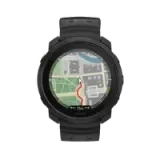 Polar Vantage M3
Polar Vantage M3
 Polar Grit X2 Pro Titan
Polar Grit X2 Pro Titan
 Polar Grit X2 Pro
Polar Grit X2 Pro
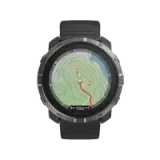 Polar Grit X2
New
Polar Grit X2
New
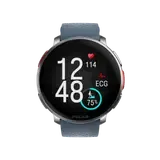 Polar Vantage V3
Polar Vantage V3
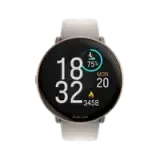 Polar Ignite 3
Polar Ignite 3
 Polar Ignite 3 Braided Yarn
Polar Ignite 3 Braided Yarn
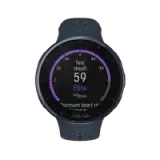 Polar Pacer Pro
Polar Pacer Pro
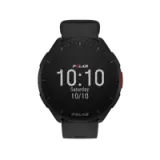 Polar Pacer
Polar Pacer
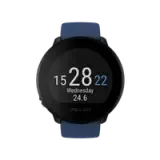 Polar Unite
Grit X Series
Vantage Series
Pacer Series
Ignite Series
Polar Unite
Grit X Series
Vantage Series
Pacer Series
Ignite Series
